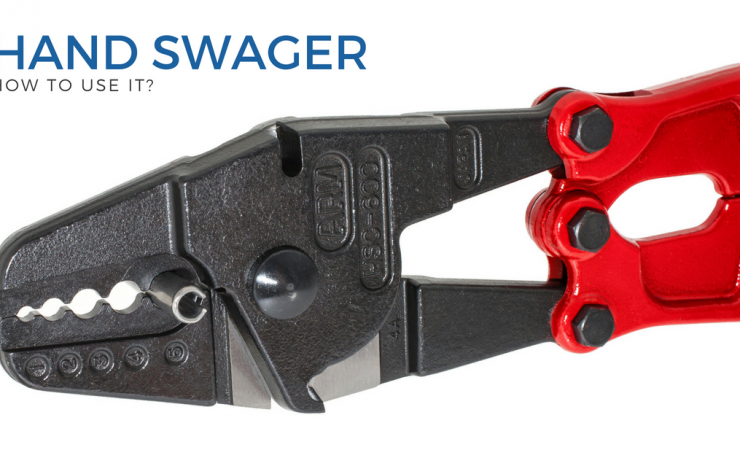
How can you join the ends of two ropes? Or create an eye at the end of a rope? You can do this in two ways: by making a knot or splice. Below some guidance on how to perform splicing with hand swager.
How to make the splice?
The splice is the interweaving of the constituent parts of a cable into itself or on another ones. There are several techniques to splice a rope. To make a sailor splice (bowline on a cable), for example, you need to weave it into the strands (especially for vegetables fibres cables). There are several types of splice ranging from textiles to metal ones, made for halyards, sheets or mooring lines.
Why make the splice?
What are the splices? The latter, as mentioned earlier, can be useful in different situations: for a halyard, or for a simple mooring. In fact, the nautical splices have different uses. Also right on board the vessels themselves, as nautical furniture or fenders. For example, a rope spliced can effectively support about double the load compared with a simple knot. In order to improve resistance, so it is important for proper splicing.
Little more about hand swager.
Our multi-compression hand swager with cutter (see art.8027) is about mm 600 and it is suitable for wire ropes from mm 1,5, 2, 2,5, 3, 4, 5. Furthemore, its Japanese origine is a guarantee of quality, at national level also.
This hand swager has provided of
- Special steel jaws (with hight frequency and temperature treatment)
- Rubber handle
- Wire cutter up to mm 6.
Using this type of hand swager you can make a fine adjustment of the pressing sleeve. Without the cable curl. In Inoxmare range there are copper sleeves (see art. 8026). They are ideal for this type of application (e.g. hardware work and DIY) thanks to their excellent workability.
Discover our hand swager and copper sleeves for splicing. Visit our website www.inoxmare.com. Sign in on webshop and you can see real time availabilities and prices.
Download technical sheetDo you want to read more articles? Continues here.




